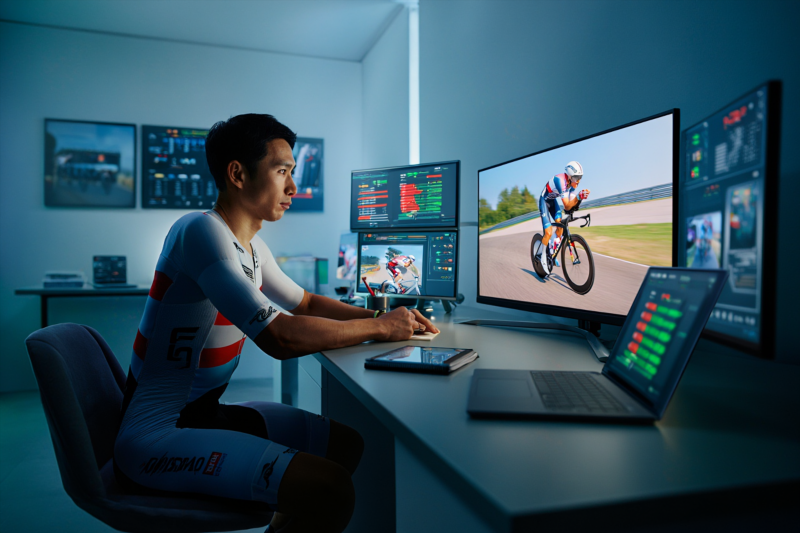
How to Analyze Race Replays for Tactical Advantage
Unlock Your Racing Potential Through Effective Replay Analysis
Analyzing race replays is a critical skill for any serious competitor seeking to elevate their strategy and performance. Whether you’re a seasoned athlete or an aspiring racer, understanding how to effectively evaluate race footage can uncover tactical insights that directly translate into competitive advantages. This guide provides a comprehensive approach to mastering race replay analysis, tailored to help you start making smarter decisions—and ultimately, winning more races.
Why Is Analyzing Race Replays Essential?
Race replays are more than just a recap of the event; they are a treasure trove of actionable intelligence. Here’s why systematic analysis matters:
- Identify Strengths and Weaknesses: Understand your own performance and pinpoint areas needing improvement.
- Study Competitors: Observe how rival racers navigate the course and adapt strategies.
- Refine Tactics: Discover what works and what doesn’t in various racing scenarios.
- Enhance Mental Preparedness: Visualize successful strategies and improve decision-making under pressure.
By integrating replay analysis into your training regime, you gain a strategic edge that can make the difference between finishing mid-pack and crossing the finish line first.
How to Analyze Race Replays for Tactical Advantage
1. Prepare Your Viewing Strategy
Before diving into the footage, set clear objectives:
- Are you focusing on your own performance?
- Do you want to study specific sections of the race?
- Are you analyzing competitors’ tactics?
Tip: Use timestamps to mark key moments and create a structured viewing plan to maximize insights.
2. Break Down the Race into Key Components
Divide the race into manageable segments:
| Segment | Purpose |
| Start | Assess reaction times and initial positioning |
| Mid-Race | Monitor stamina, overtaking efforts, and course adjustments |
| Finish | Evaluate closing strategies and sprint techniques |
Focusing on these segments allows for targeted analysis and precise tactical adjustments.
3. Use Video Analysis Tools
Leverage technology to enhance your evaluation:
- Slow Motion: Examine specific maneuvers in detail.
- Frame-by-Frame Review: Observe subtle movements and decisions.
- Overlay Data: Integrate GPS data, pace, and split times to correlate performance with body position and tactics.
4. Pay Attention to Tactical Elements
Focus your analysis on these key tactics:
- Line Selection: Study how racers choose and switch lines for optimal speed.
- Cornering Techniques: Observe turning angles and braking points.
- Overtaking Strategies: Identify how and when overtakes occur.
- Pacing: Notice how racers conserve or expend energy at different race stages.
- Reaction to Events: See how racers adapt to incidents or changes in race conditions.
5. Compare Performance Over Multiple Races
Establish patterns by reviewing the same sections across different races:
| Aspect | Insights Gained |
| Consistent Mistakes | Areas for focused training |
| Successful Strategies | Tactics to replicate and refine |
| Opponent’s Innovations | Opportunities for counter-strategies |
This comparative approach helps you build a tactical playbook grounded in data and real-world results.
Incorporating Insights into Your Strategy
Once you’ve gathered tactical insights, the next step is implementation:
- Adjust Your Technique: Incorporate new overtaking or cornering methods.
- Modify Race Strategy: Change your pacing or positioning based on learned patterns.
- Simulate Scenarios: Practice defensive or offensive maneuvers observed during review.
- Set Training Goals: Focus training sessions on weaknesses revealed during analysis.
Continual Improvement Loop
Repeat this process regularly to keep evolving your racing tactics. Remember, mastery in race analysis translates to smarter race execution.
Frequently Asked Questions
How long should I spend analyzing each race replay?
Aim for quality over quantity. Spend approximately 20–30 minutes for a detailed session on an important race, focusing on tactical elements. Use longer sessions for reviewing specific race segments or when preparing for upcoming events.
What equipment is necessary for effective replay analysis?
A good quality device (laptop, tablet, or high-definition screen), video analysis software (such as Dartfish or Hudl), and data overlay tools are recommended. A stable internet connection is essential for streaming or downloading footage.
How often should I analyze race replays?
Incorporate replay analysis into your weekly training routine. Regular review accelerates learning, helping you adapt faster and refine your tactics proactively.
Start Mastering Race Evaluation Today
Effective race replay analysis bridges the gap between good and great performance. By adopting systematic methods, leveraging technology, and focusing on tactical insights, you can gain a competitive edge. Don’t just race—race smarter.
Take Action Now:
- Review your last race with a structured approach.
- Identify one tactical area for improvement.
- Implement a focused training plan centered on that insight.
Mastering race evaluations today sets the foundation for tomorrow’s victories. Dive into your race footage and start transforming data into victory strategies!